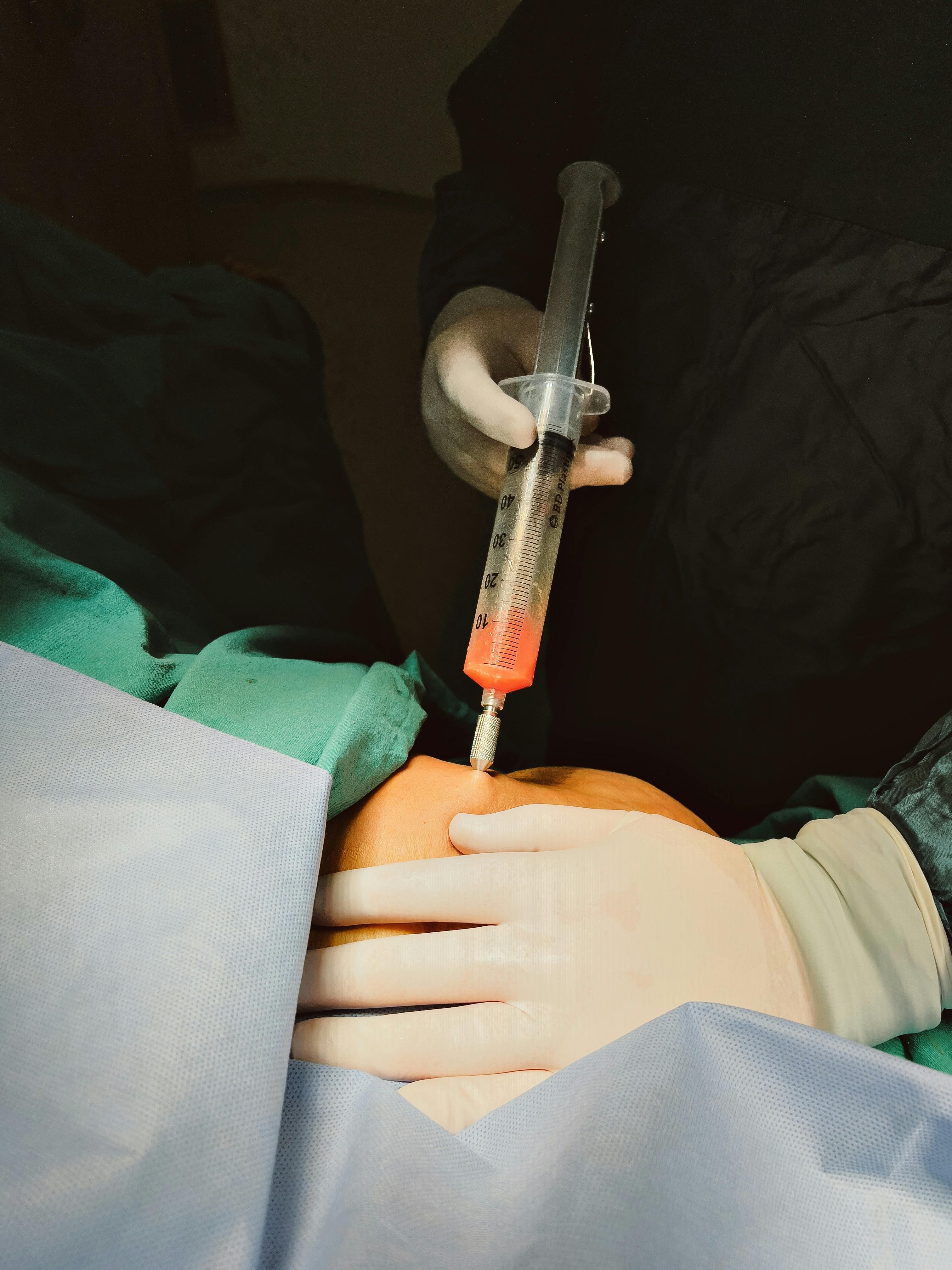Varicose Vein Treatment: A Comprehensive Guide to Options and Effectiveness
Varicose vein treatment addresses enlarged, twisted veins that can cause discomfort and affect appearance. Options range from lifestyle changes and compression therapy to minimally invasive procedures like laser treatments or sclerotherapy, helping improve circulation, reduce pain, and restore confidence in leg health.

What are varicose veins and their causes?
Varicose veins are swollen, twisted veins that appear close to the surface of the skin, typically in the legs. They occur when the valves inside the veins become weak or damaged, causing blood to pool and the veins to enlarge. Several factors contribute to the development of varicose veins, including genetics, age, pregnancy, obesity, and prolonged standing or sitting. Understanding the underlying causes can help in choosing appropriate treatment options and preventing further vein issues.
What are the initial conservative treatment options?
Before considering more invasive procedures, many healthcare providers recommend conservative treatments for varicose veins. These methods focus on lifestyle changes and non-invasive techniques to alleviate symptoms and slow the progression of the condition. Some conservative approaches include:
-
Compression stockings: These specially designed stockings apply pressure to the legs, promoting better blood flow and reducing swelling.
-
Exercise: Regular physical activity, especially walking and leg exercises, can improve circulation and strengthen vein walls.
-
Elevation: Raising the legs above heart level for short periods throughout the day can help reduce swelling and discomfort.
-
Weight management: Maintaining a healthy weight can decrease pressure on the veins in the legs.
-
Avoiding prolonged standing or sitting: Changing positions frequently and taking breaks to move around can improve circulation.
What minimally invasive treatments are available?
For those seeking more definitive results, several minimally invasive treatments have become popular in recent years. These procedures are typically performed on an outpatient basis and offer quicker recovery times compared to traditional surgery. Some common minimally invasive options include:
-
Sclerotherapy: This involves injecting a solution directly into the affected veins, causing them to collapse and fade over time.
-
Endovenous laser treatment (EVLT): A thin laser fiber is inserted into the vein, delivering heat that causes it to seal shut and eventually disappear.
-
Radiofrequency ablation: Similar to EVLT, this method uses radiofrequency energy to heat and close off the problematic vein.
-
Ambulatory phlebectomy: Small incisions are made to remove surface veins through tiny punctures in the skin.
When is surgical intervention necessary?
While minimally invasive treatments are effective for many patients, some cases may require surgical intervention. Vein stripping, the traditional surgical approach, involves removing the entire length of the affected vein through small incisions. This procedure is typically reserved for severe cases or when other treatments have not been successful. Modern surgical techniques have improved recovery times and reduced complications, but they still involve a more extensive procedure compared to minimally invasive options.
How effective are varicose vein treatments?
The effectiveness of varicose vein treatments can vary depending on the severity of the condition, the chosen treatment method, and individual patient factors. Generally, minimally invasive procedures have shown high success rates in improving symptoms and appearance. For example, studies have reported success rates of 90% or higher for endovenous laser treatment and radiofrequency ablation. Sclerotherapy is particularly effective for smaller veins, with many patients experiencing significant improvement after multiple sessions.
What are the typical costs associated with varicose vein treatments?
The cost of varicose vein treatment can vary widely depending on the procedure, geographic location, and individual provider. Here’s a general overview of treatment costs:
| Treatment | Provider Type | Estimated Cost Range |
|---|---|---|
| Compression Stockings | Medical Supply Stores | £20 - £100 per pair |
| Sclerotherapy | Vein Clinics | £200 - £500 per session |
| Endovenous Laser Treatment | Vascular Surgeons | £1,500 - £3,000 per leg |
| Radiofrequency Ablation | Vein Specialists | £1,500 - £3,000 per leg |
| Vein Stripping Surgery | Hospitals | £3,000 - £5,000 per leg |
Prices, rates, or cost estimates mentioned in this article are based on the latest available information but may change over time. Independent research is advised before making financial decisions.
It’s important to note that many insurance plans may cover varicose vein treatments if they are deemed medically necessary. Patients should consult with their healthcare provider and insurance company to determine coverage and out-of-pocket expenses.
In conclusion, varicose vein treatment offers a range of options from conservative measures to advanced procedures. The choice of treatment depends on the severity of the condition, individual health factors, and personal preferences. While many treatments have shown high effectiveness, it’s crucial to consult with a qualified healthcare professional to determine the most appropriate approach for your specific situation. With proper treatment and ongoing care, many individuals find significant relief from the symptoms and appearance of varicose veins, improving their overall quality of life.
This article is for informational purposes only and should not be considered medical advice. Please consult a qualified healthcare professional for personalized guidance and treatment.




